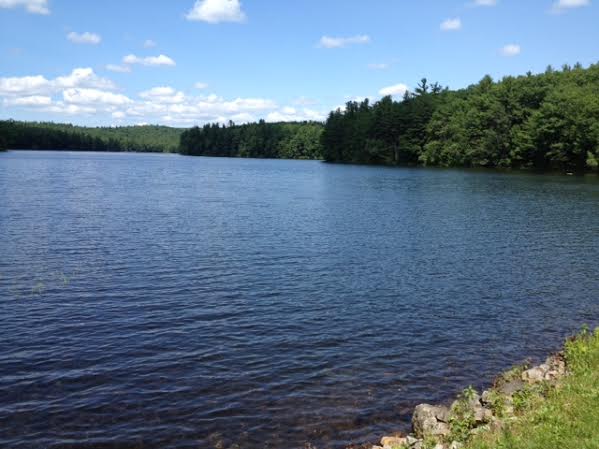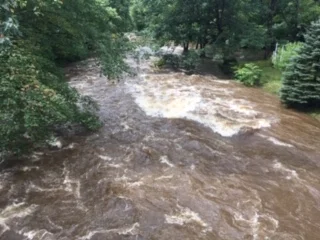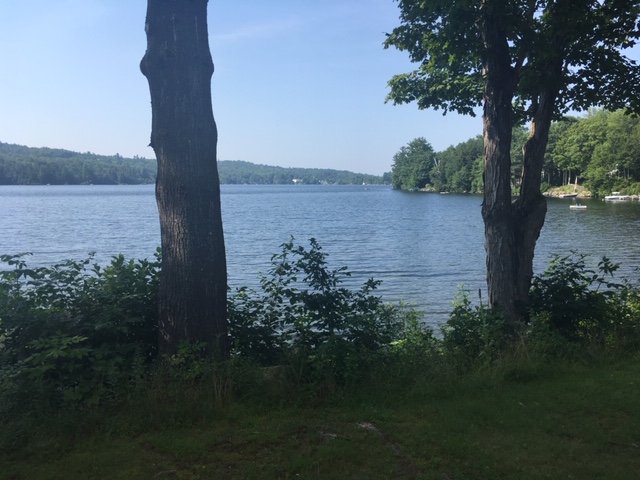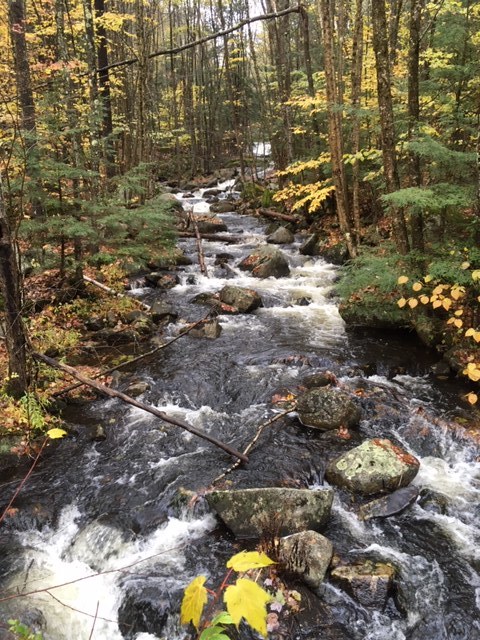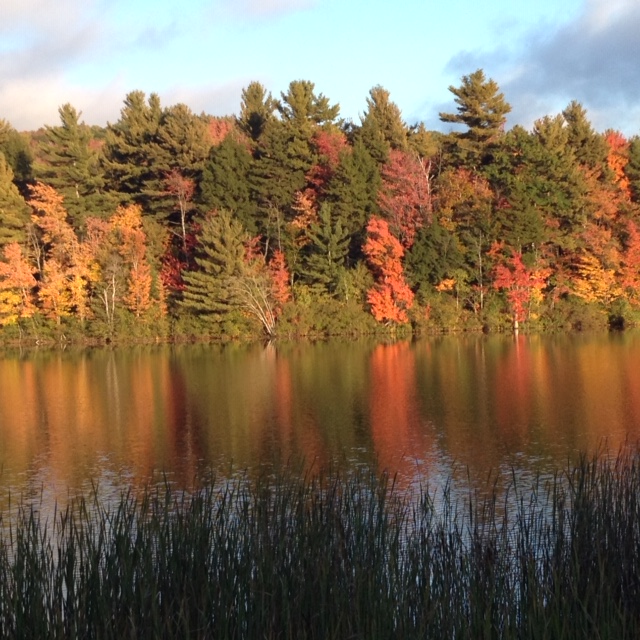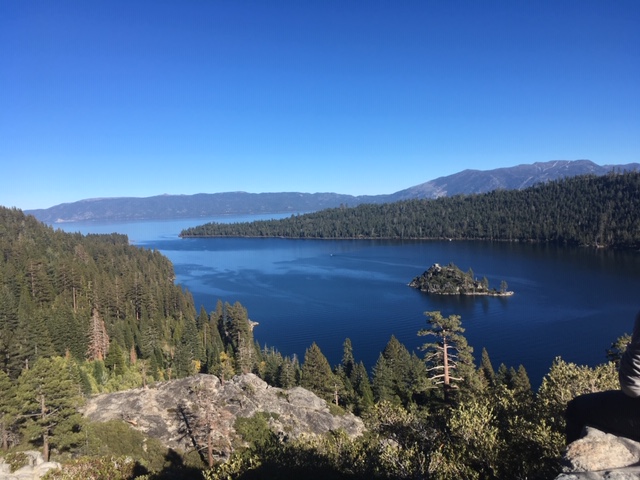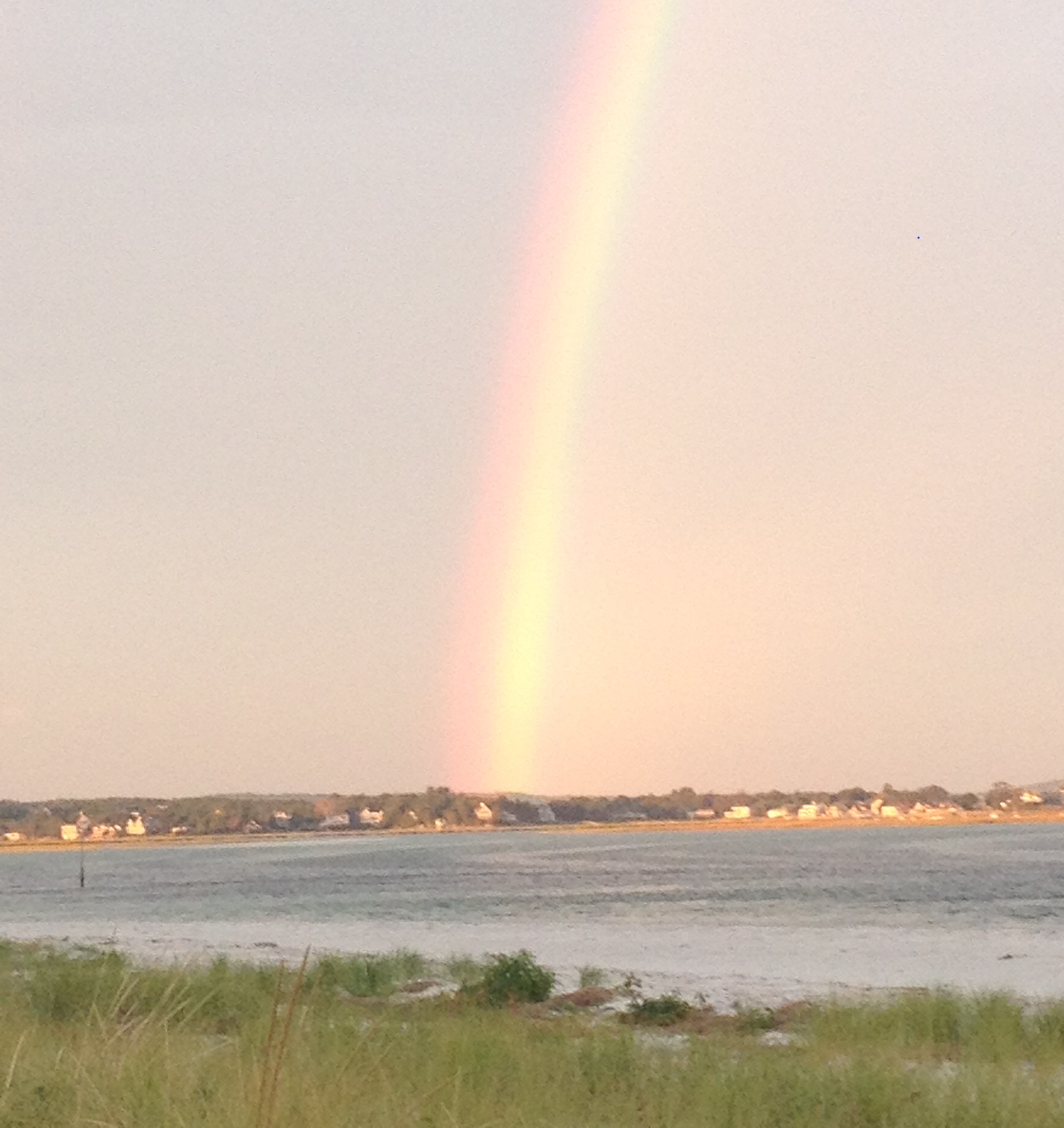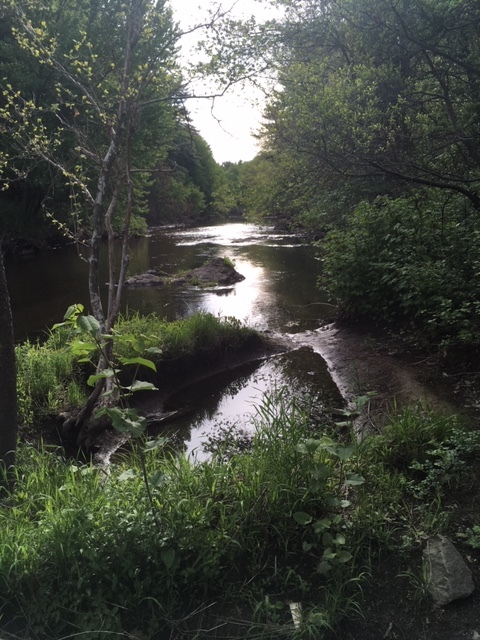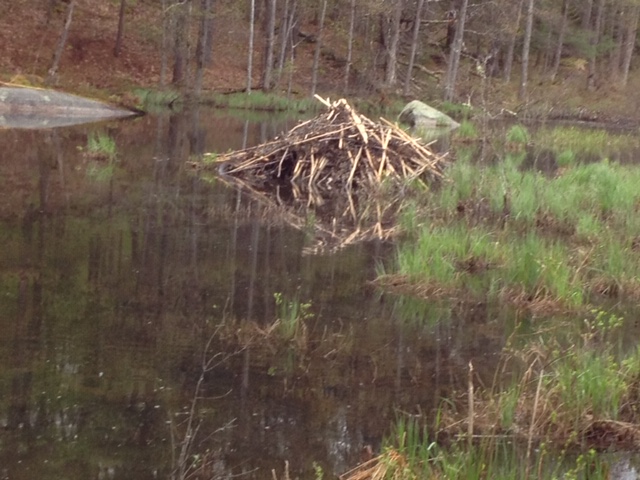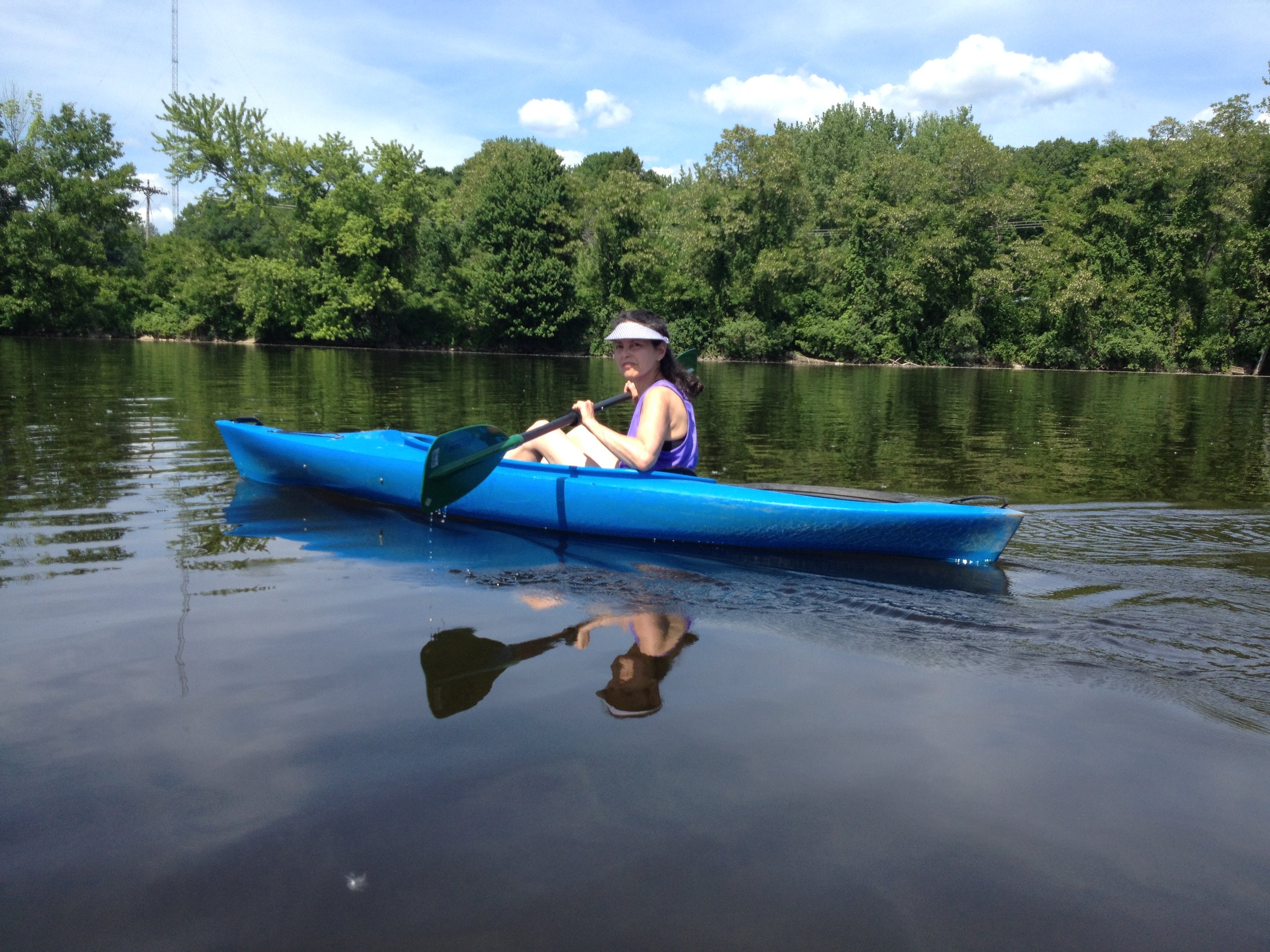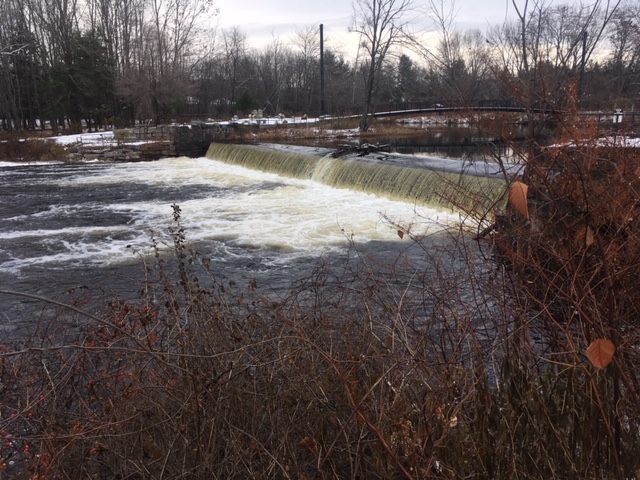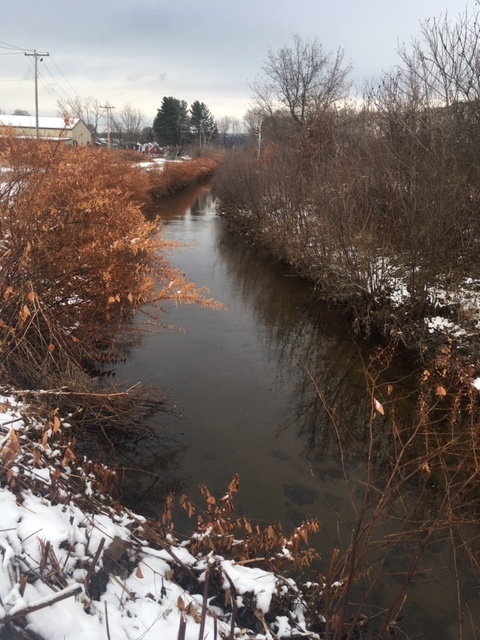Where to start?
First, get yourself to a stream
or a pond or a lake …
... then read up on water …
You can start with a copy of “Water Connections” — a new book that gets into the latest about chemicals that are getting into the water, the new thinking about flood control, recent breakthroughs in water science, and money that’s going into conserving land around public waters.
Then stay up on current events through wide-ranging reporting by Circle of Blue.
Then open up other books about particular water topics and nature generally. Here’s a sample reading list:
Man and Nature, or Physical Geography as Modified by Human Action (George Perkins Marsh, 1864) This early classic in environmental literature expresses a timeless concern about humans’ impact on the environment.
Water: A Natural History (Alice B. Outwater, 1996) An excellent report about water ecology with a national focus.
Let the Water do the Work (Bill Zeedyk and Van Clothier, 2009) An illuminating study of new ideas about river restoration after floods have swept through.
For the Love of Rivers (Kurt D. Fausch, 2015)
This incisive report on modern river science explores how streams (and what lives in them) are connected to the lands through which they flow.
The Big Thirst (Charles Fishman, 2011) An extensive commentary about the shortage, cost and pricing of water around the world.
Changes in the Land (William Cronon, 1983) This classic study of Europeans’ early impact on the American landscape sets a context for a book about the impact of American society on inland waters.
Algae and Man (Daniel Jackson, editor, 1964) A wide-ranging study based on lectures presented at the NATO Advanced Study Institute in 1962 in Louisville, Kentucky.
Rivers by Design – State Power and the Origins of U.S. Flood Control (Karen M. O’Neill, 2006) A deeply researched study of how humans have gone about engineering rivers.
Running Silver — Restoring Atlantic Rivers and their Great Fish Migrations (John Waldman, 2013) An authoritative history of how humans have intruded on the movement of salmon, shad and other migrating fish.
The World’s Water — A Biennial Report on Freshwater Resources (Peter H. Gleick, principal editor, the Pacific Institute for Studies in Development, Environment and Security) Every two years for the last two decades the Pacific Institute has published fascinating reports about the impact of human society on water.
Water is for Fighting Over (John Fleck, 2016)
This incisive book about water conflicts in the western United States confirms that traditions, laws and practices around water can differ sharply from one part of the country to the other.
Reflections in Bullough’s Pond (Dana Muir Appelbaum, 2000) This fine book about a former mill pond in Massachusetts offers important glimpses into the economic dimensions of water in human society.
A History of Industrial Power in the United States, 1780-1930, Vol. 1 (Louis C. Hunter, 1979) Despite the imposing title, this fascinating study provides an easily accessible account of the evolution of water power.
Nature Incorporated — Industrialization and the Waters of New England (Theodore Steinberg, 1991) This authoritative and highly readable book explores the industrial revolution in New England from an environmental perspective.
… then look around for a lake association or river council where you can lend a hand.
There are literally thousands of lake associations, river councils, watershed protection groups and coalitions across the country that look out for the health of local waters. Here’s a sampling from New England:
In Connecticut citizens formed a non-profit group called the Friends of Bolton Lakes after an algae bloom in 2012 turned the water green.
In Rhode Island members of the Buckeye Brook Coalition, founded in 2002, work to assure safe passage for migrating herring.
In Vermont in 1947 lakeside property owners founded the Peacham Pond Association to improve roads and get electric wires strung to their homes; they now work to keep the water clear of invasive plants.
In central Maine, members of the Friends of the Cobbossee Watershed, founded in 2001, plant shrubs on lake shores to slow runoff from storms.
In 2014, the Ashuelot River Local Advisory Committee in southwest New Hampshire enlisted more than 100 college students to pull nearly 1,800 pounds of trash from local waters.
Here are some umbrella associations for river and lake groups in New England:
The Merrimack Watershed Council
The Connecticut River Conservancy
The Connecticut Federation of Lakes
Watersheds United Vermont
The Vermont Federation of Lakes and Ponds
The Maine Lakes Society
The Massachusetts Congress of Lake and Pond Associations
The New Hampshire Lakes Association
The Save The Lakes organization in Rhode Island
Here are national organizations with interests in water quality that have chapters around the country:
Izaak Walton League of America
Here’s a constantly updated monitor of rainfall patterns in the Northeast from the Northeast Regional Climate Center and Natural Resources Conservation Service:
Extreme Precipitation in New York and New England
.
.
.
